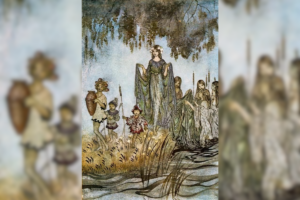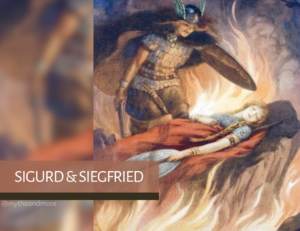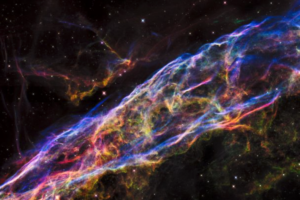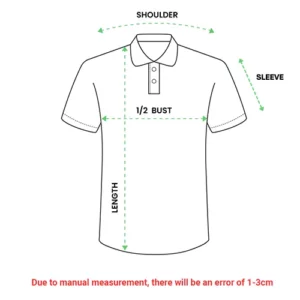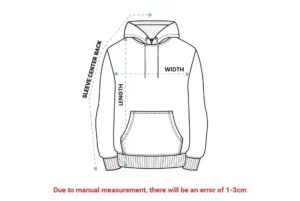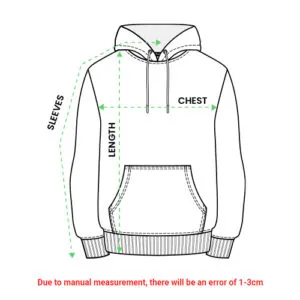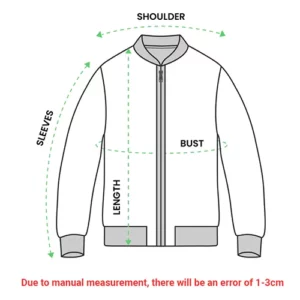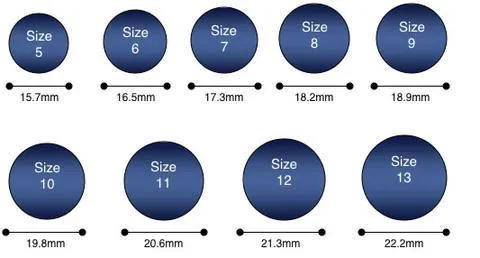In Norse mythology, there were many confrontations between the Aesir and the Giants, the two opposing forces. Some of the famous ones include Thor stealing his hammer from Thrymr, Thor’s battle with Utgard-Loki, Odin’s contest of wits with Vafthrudnir. But have you ever heard of a story about a man who had Giant blood yet received blessings from the god Odin? It sounds unusual, but there was such a man, a legendary Viking warrior who could only be surpassed by the champion of champions, Sigurd Fafnirsbane. His name was Starkad.
Before beginning, let’s go over his ancestry briefly. His grandfather, also named Starkad but with the byname Aludreng, lived in Alufoss in Norway. He was a giant with eight arms who could wield four swords at once. He was also a deity-slayer when he killed the troll Hergrim to reclaim his intended bride, the maiden Ogn Alfisprengi. Some time later, he kidnapped the fair Alfhild, daughter of King Alf of Alfheim. They had a daughter together named Baugheid. Later, King Alf prayed to Thor to return Alfhild to him, and Thor readily agreed since he had previously asked for Alfhild’s hand in marriage but she chose to follow Starkad instead. Thor swiftly killed Starkad, and took Alfhild, who was then pregnant with their second child. Not long after, she gave birth to a son named Storvirk. Many years later, he became a great warrior worthy of being a royal guard of the mighty King Harald of Agder and was renowned, entrusted with ruling petty nobles and a rich island in Thruma (Tromey in Agder Sea).

During one expedition, Storvirk captured the daughter of the Earl of Halogaland. He married her and they had a son, Starkad, the protagonist of this legend.
Starkad’s story begins with a fire that took the lives of all his kin, including his parents, by the sons of the Earl. Afterwards, he was accepted into service of King Harlod. King Harlod had a son named Vikar a few years older than Starkad. At that time, the mighty King Herthjof ruled Hordaland, son of the brave Fridthjof and the fair Ingeborg. They took advantage of Storvirk’s death to attack King Harlod, killing him and seizing his kingdom. However, instead of killing Vikar, Fridthjof kept him and the sons of other important figures in the kingdom as hostages. Starkad was held by one of Herthjof’s men, Grani of the Horsemane, who brought the boy to his home in Ask on the island of Fenring.
During those nine years living with Grani, Starkad grew quickly and strongly like a giant, but unlike other Viking warriors, he simply lay by the hearth fire doing nothing. At this time, Herthjof’s kingdom was suffering from rampant piracy, so he stationed signal fires on the mountains to warn of invasions. Vikar was put in charge of Fenring. He saw this as an opportunity, and visited Starkad, drawing him away from the gloomy hearth and giving him weapons, clothes, agreeing on a plan for revenge against Herthjof.
First, Vikar seized a ship. Then he persuaded the strongest men to follow him, forming a band of 13 champions. With his mighty forces, Vikar overthrew Herthjof. Though Herthjof defended himself within an extremely sturdy fortress, he could not withstand the strength of the 13 champions. Finally Vikar fully captured Herthjof’s kingdom. Afterwards he sailed to the lands handed down to him in Agder and Jæren, where he was praised and became a powerful ruler over all of southern Norway.
Starkad meanwhile became Vikar’s greatest champion, and together they established many great victories. They regarded each other as brothers, until tragedy struck…


